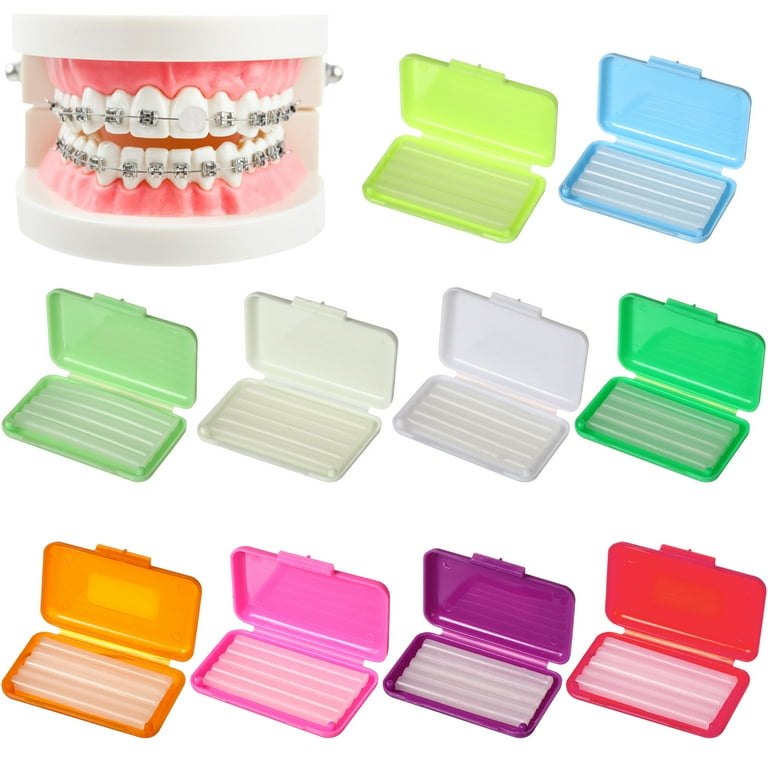Your Guide to Cumming Invisalign: Straightening Teeth with Style and Convenience
Your Guide to Cumming Invisalign: Straightening Teeth with Style and Convenience
Blog Article
Comprehensive Overview to Orthodontics Procedures for Dealing With Oral Imbalances
In the realm of orthodontics, the trip to attaining a completely aligned smile includes a myriad of procedures customized to remedy oral imbalances. From typical braces to invisible aligners and even medical alternatives, the area of orthodontics provides a variety of solutions to resolve varying degrees of dental abnormalities. Recognizing the intricacies of each procedure, including their systems, advantages, and potential disadvantages, is essential in making notified decisions regarding one's orthodontic treatment. As we browse via the extensive overview to orthodontic procedures for remedying oral misalignments, the complex details of each approach will unravel, shedding light on the course toward a useful and unified dental positioning.
Orthodontic Procedures Introduction

Normal changes and surveillance are crucial parts of orthodontic therapy to ensure progress is on track and to make any required modifications along the way. By undergoing orthodontic treatments, patients can not just accomplish a straighter smile however likewise improve their general dental health and wellness and function.
Standard Braces: How They Work
When thinking about orthodontic therapies for dental imbalances, typical dental braces stand out as a time-tested approach for remedying teeth positioning. Typical braces consist of brackets, cords, and bands that work with each other to use continual pressure on the teeth, slowly moving them right into the wanted placement.
One secret aspect of just how traditional dental braces job is the procedure of bone makeover. As stress is put on the teeth through the braces, the bone bordering the teeth is improved to sustain the brand-new tooth placements. This renovation is vital for the long-term security of the remedied placement. Clients will certainly require routine changes at the orthodontist's office to make certain the dental braces proceed to use the proper pressure for effective teeth movement.
Unnoticeable Aligners: Disadvantages and pros
These clear, customized trays are practically unseen when worn, making them an appealing option for individuals looking for a much more visually pleasing orthodontic therapy. Patients can get rid of the aligners prior to consuming or brushing their teeth, lowering the danger of food obtaining stuck in the home appliance and streamlining the cleaning process.

Surgical Orthodontic Options
Surgical interventions in orthodontics present viable choices for dealing with complicated oral imbalances that may not be effectively fixed via standard orthodontic treatments. While standard braces and undetectable aligners can remedy several orthodontic issues, certain cases call for medical treatment to attain optimum results. Surgical orthodontic alternatives are typically advised for severe malocclusions, substantial jaw disparities, and situations where the after hours dentist underlying bone structure needs modification to attain proper placement.
One usual surgical orthodontic treatment is orthognathic surgical treatment, which involves repositioning the jaws to fix functional concerns such as trouble speaking or eating. This surgical treatment is frequently done in partnership with an orthodontist who helps straighten the teeth before and after the treatment. Surgical orthodontics may additionally involve treatments to expose influenced teeth, get rid of excess periodontal tissue, or improve the jawbone to produce a much more unified facial account.
Before taking into consideration medical orthodontic options, people undergo a thorough evaluation to identify the requirement and possible benefits of such treatments. cumming orthodontics. While surgical treatment might seem overwhelming, it can dramatically improve both the feature and looks of the smile in cases where standard orthodontic therapies fail
Retainers and Post-Treatment Treatment

Post-treatment care includes complying with the orthodontist's guidelines diligently. This might include proper oral hygiene practices, going to follow-up visits, and wearing the retainers as prescribed. Failure to follow post-treatment treatment instructions can lead to regression, where the teeth progressively move back in the direction of their original placements. Regular retainer wear, good dental hygiene, and routine dental exams are necessary for maintaining the outcomes attained via orthodontic surgery and guaranteeing the long-lasting stability of the dealt with oral alignment.
Final Thought
In final thought, orthodontic procedures use numerous choices for fixing oral imbalances. Surgical orthodontic choices are readily available for more severe misalignments. Overall, orthodontic procedures can efficiently boost oral health and aesthetic look.
As we browse via the extensive guide to orthodontic procedures for remedying dental misalignments, the elaborate details of each method will certainly unravel, dropping light on navigate to this website the path towards a harmonious and functional oral placement. - invisalign
One of the most typical orthodontic therapies is the use of braces, which are composed of steel braces and cables that apply mild stress to progressively shift teeth into the desired placement.When considering orthodontic therapies for oral misalignments, conventional dental braces stand out as a reliable approach for remedying teeth positioning. Furthermore, unseen aligners may not be appropriate for complex orthodontic problems that require even more considerable teeth motion, as they are typically suggested for light to moderate cases. Retainers are personalized orthodontic devices designed to hold teeth in their dealt with placements after the completion of orthodontic treatment.
Report this page